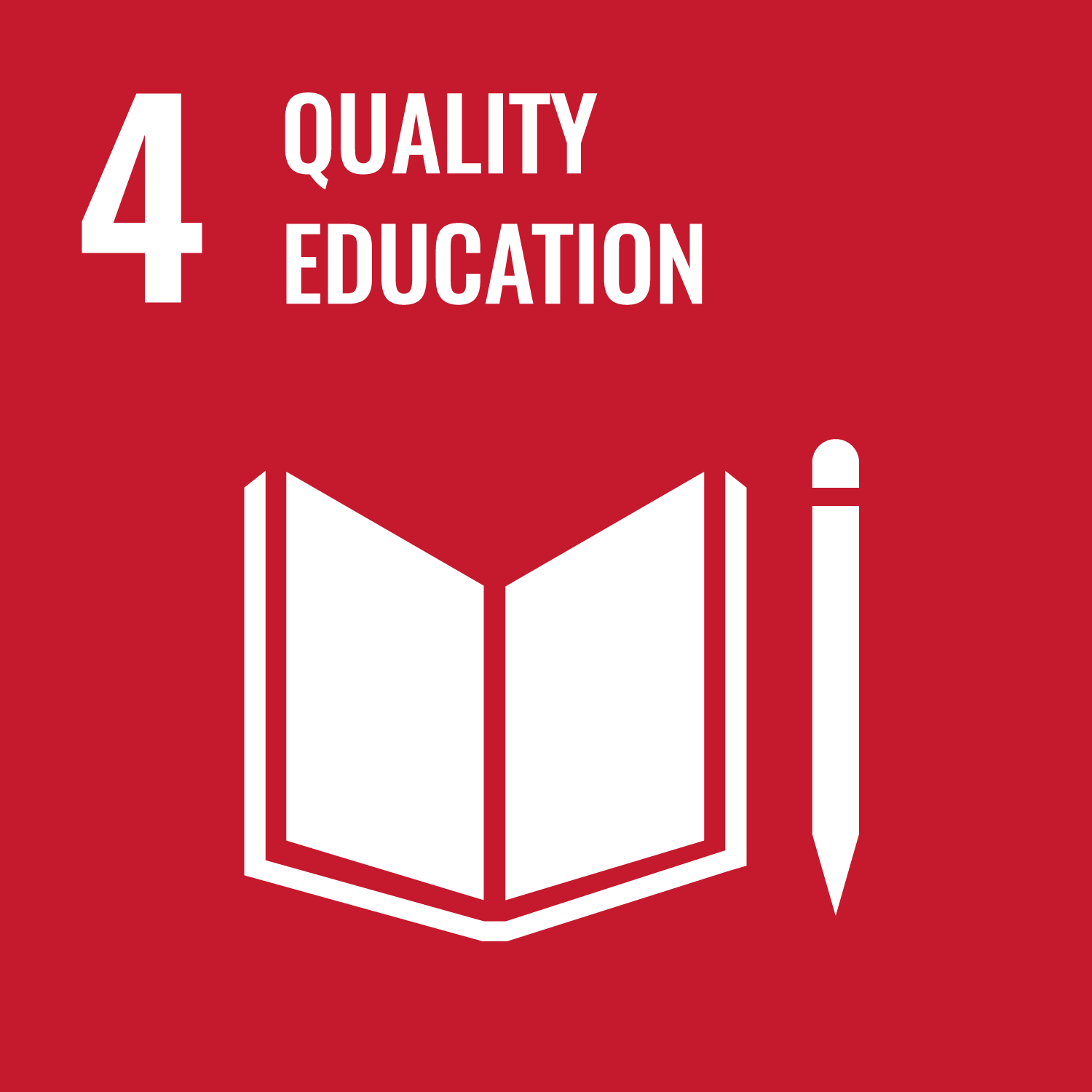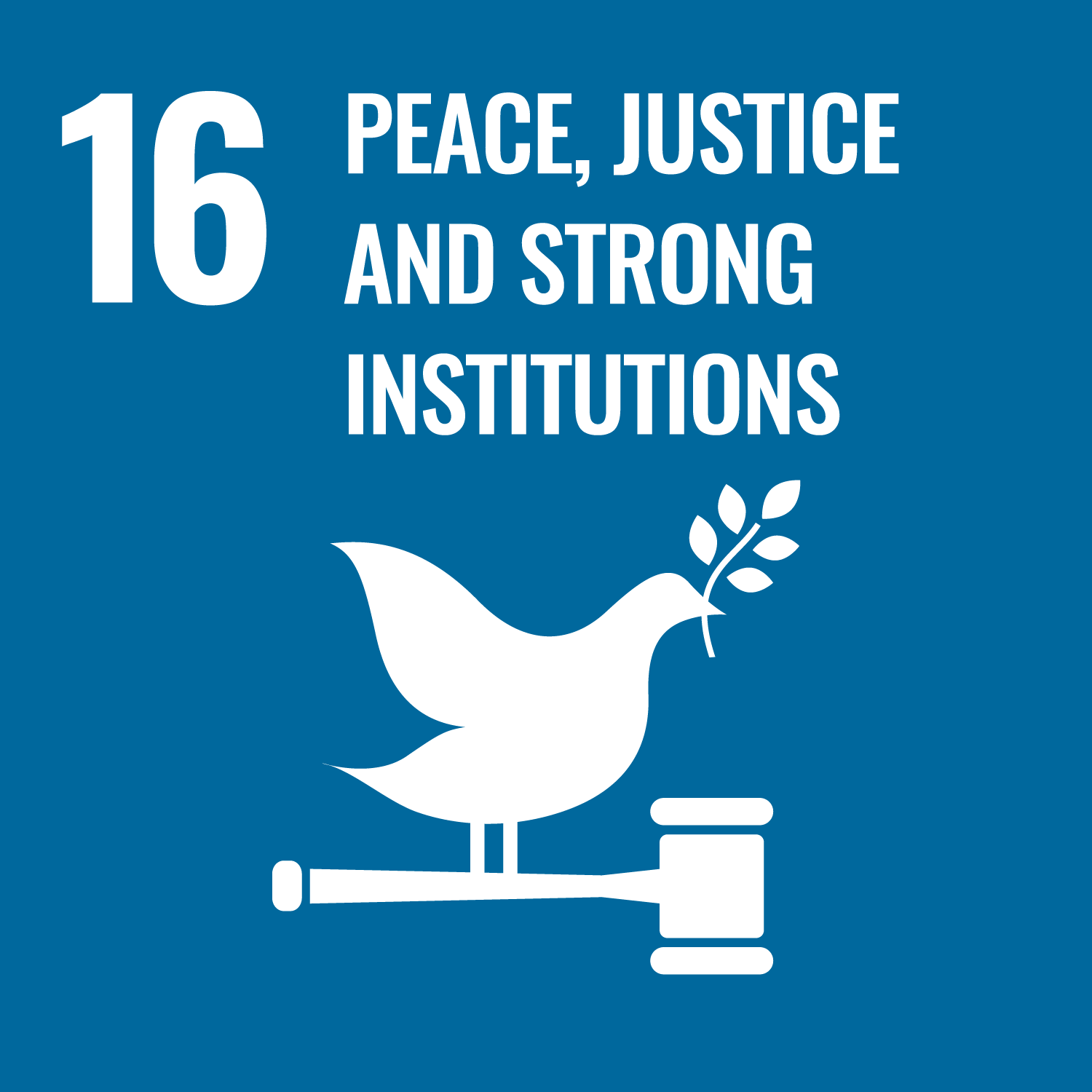The current progress of the developed world has not come without cost – the Earth has endured mass deforestation, coral bleaching, environmental pollution, crop failure, extreme hazardous weather, destruction of cultures and people, and more – but to solve these issues we have to move quickly and we have to understand and address the deeply interdisciplinary nature of the problem. The well-being of the environment is the structural bedrock for the well-being of people – environmental degradation contributes to poverty, sickness, waste, gender inequality, and more. The road to a better future asks us to reflect where our nations, our communities and ourselves lie in the vast web of life and, critically, to bring previously marginalized groups to the table (or map!) when decisions are made.
Native Americans fight to protect their cultural and environmental heritage
The United Nations Sustainable Development Goals (SDGs) provide guidance on what comes next – a blueprint for everyone to improve upon. Since 2015 all United Nations Member States have adopted this framework to address 17 key issues of people and the planet. Tracking progress on these goals is essential – collecting data to understand the difference between where we are and where need to be. Esri has strongly supported the goals by providing support to Member States and national statistical agencies in the form of software, training, and solutions; in particular by helping the United Nations stand up sdg.org – an ArcGIS Hub open data portal to aggregate SDG data from all countries. On a national scale, several nations have set up their own open data portals as well – Ireland, Philippines, Mexico, Palestine, United Arab Emirates, Senegal, and more to come. The environment disregards political boundaries, and so sharing data openly is vital.
See below for a message from Jack at the
United Nations Form on Sustainable Development
But data sharing is just the first step – it must be brought into action. Analyzing and visualizing data yields insights to inform decisions and policies. Maps, apps, dashboards and more are used to communicate raw data into information ready for public consumption. Moreover, data will give you facts, but a story will give you feelings. And however tightly we hold onto facts, it is the feelings that stay with us far longer and stir us to action. When we synthesize the two, powerful narratives emerge.
To support our users and build the next generation of sustainability professionals, Esri has created a series of educational paths focused on each SDG. And through partnerships with the United Nations SDG:Learn, and the Sustainable Development Solutions Network SDG: Academy we will continue to build our curriculum.
If you have an ArcGIS subscription, feel free to explore the paths, but if you need an account you can sign up for a free trial at Learn ArcGIS. Click on an SDG below to get started.
 |
 |
 |
 |
 |
 |
 |
 |
 |
 |
 |
 |
 |
 |
 |
 |
 |

Really enjoyed the examples and style you have shared here.
It also allows one to consider the interesting fonts in addition to the stodgy but functional tired and overused typefaces.
Loving the attention to the pallettes and the inks of that era.
Thanks Joseph! Yes, fonts are tricky since they’re not packaged in a style or a project package. Licensing gets weird. But there are so many great free fonts out there to try, I’m glad you pointed that out.